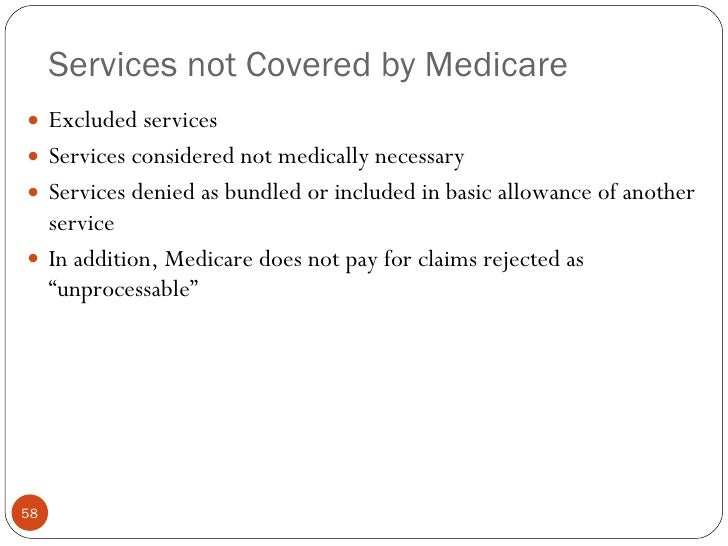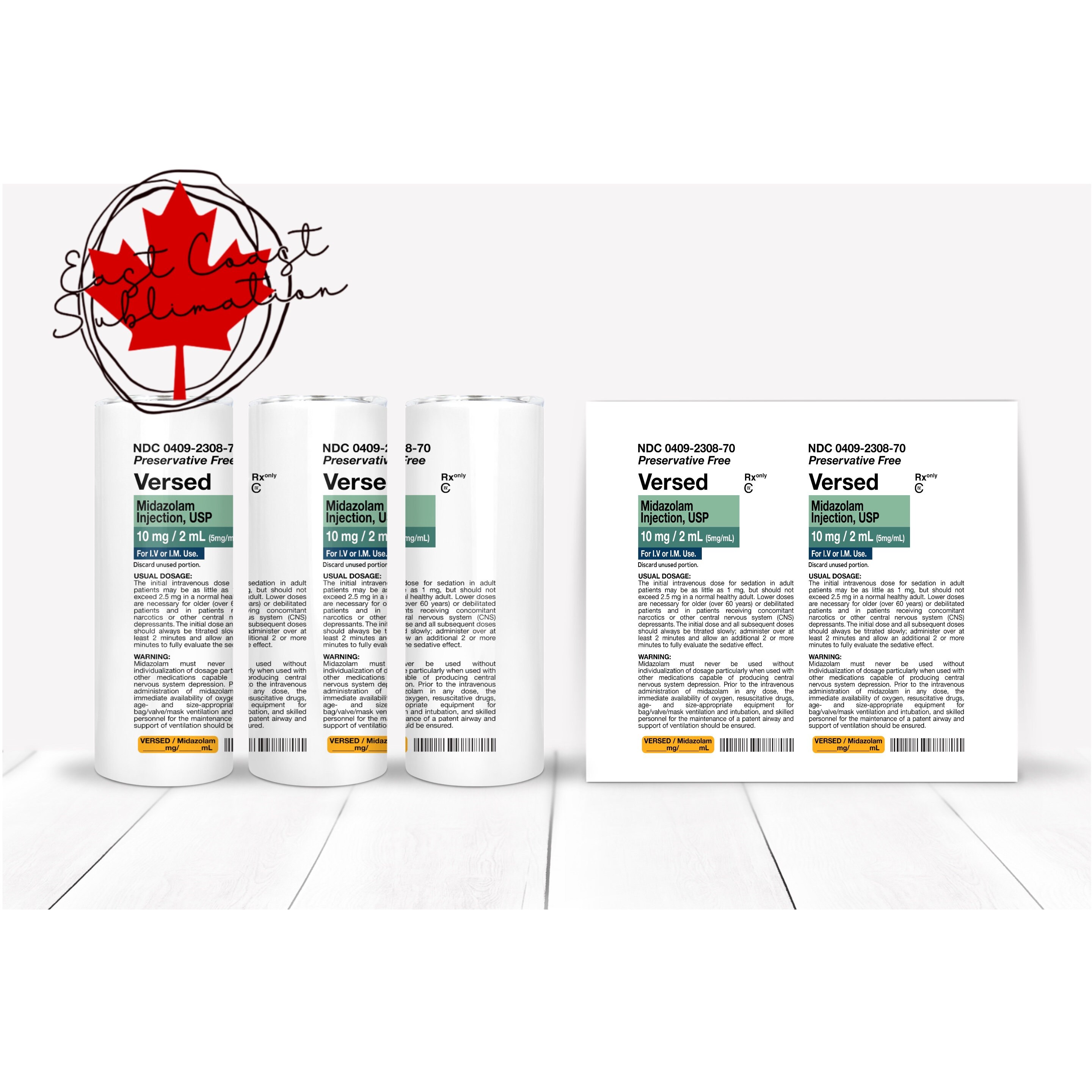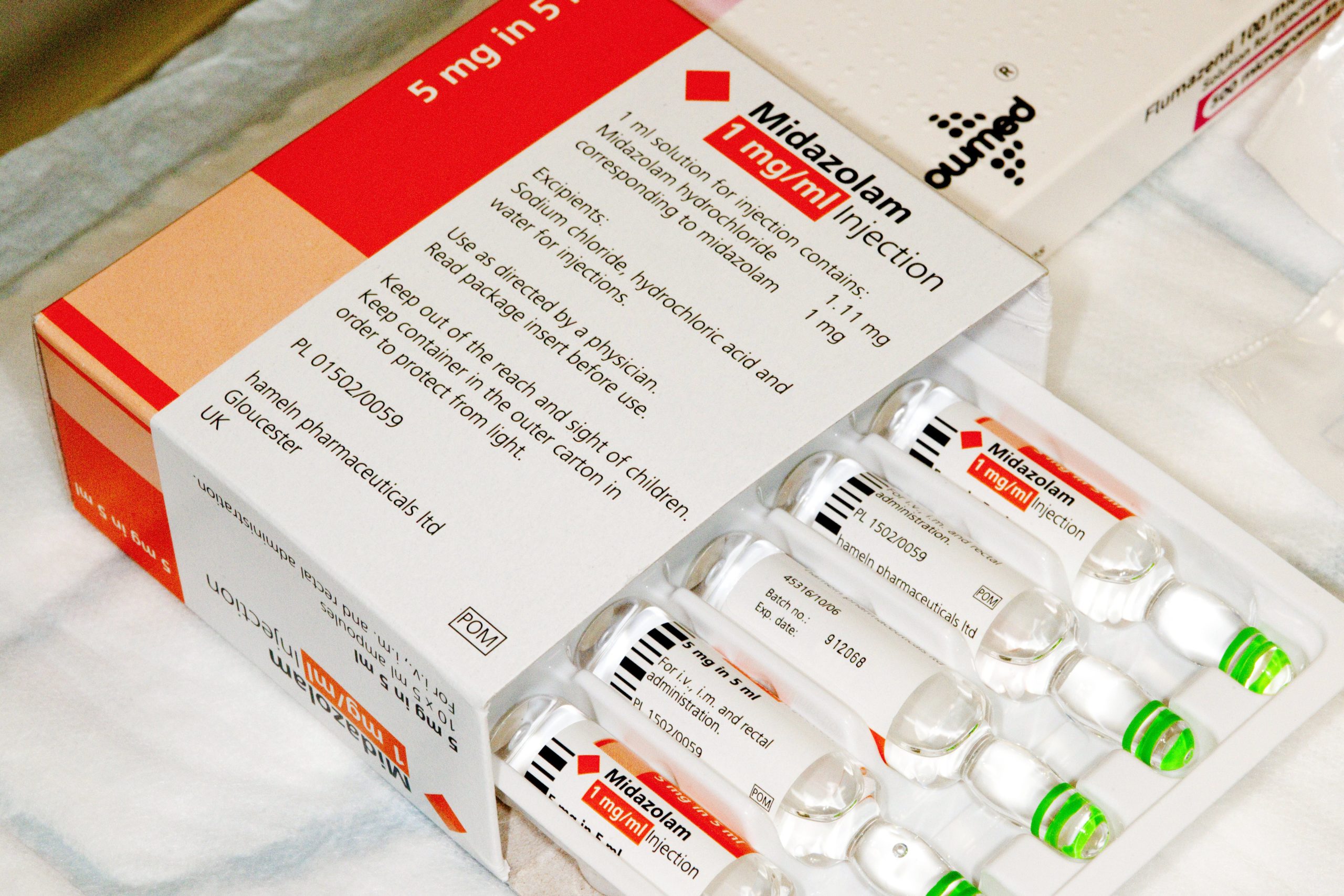

Assess sedation at regular intervals and adjust rate up or down by 25–50% as needed.
Rate: Based on patient's weight (see Route/Dosage section). Continuous Infusion: Diluent: Dilute with 0.9% NaCl or D5W Concentration: 0.5–1 mg/mL. Rapid injection, especially in neonates, has caused severe hypotension. Rate: Administer slowly over at least 2–5 min. Concentration: Undiluted: 1 mg/mL or 5 mg/mL. Diluent: Administer undiluted or diluted with D5W or 0.9% NaCl. Intramuscular: Administer IM doses deep into muscle mass, maximum concentration 1 mg/mL. Using the 5 mg/mL injection, administer half dose into each nare. Intranasal: Administer using a 1 mL needleless syringe into the nares over 15 sec. Do not mix with any liquid prior to dispensing. Tip of dispenser may be covered with tip of cap until time of use. Turn entire unit right side up and slowly remove oral dispenser from the bottle. Pull plunger out slowly until desired amount of medication is withdrawn into oral dispenser. Turn entire unit (bottle and oral dispenser) upside down. Push the plunger completely down toward tip of oral dispenser and insert firmly into bottle adaptor. Then remove cap and insert tip of oral dispenser in bottle adaptor. Solution is a clear red to purplish-red cherry-flavored syrup. Oral: To use the Press-in Bottle Adaptor (PIBA), remove the cap and push bottle adaptor into neck of bottle. Midazolam syrup should only be administered by health care professionals authorized to administer conscious sedation. Have second practitioner independently check original order and dose calculations. Do not accept orders prescribed by volume (5 mL or 1 tsp) instead, request dose be expressed in milligrams. high alert: Accidental overdose of oral midazolam syrup in children has resulted in serious harm or death. Potential Nursing DiagnosesIneffective breathing pattern (Adverse Reactions) The effects of midazolam can be reversed with flumazenil (Romazicon). If hypotension occurs, treatment includes IV fluids, repositioning, and vasopressors. Maintain patent airway and assist ventilation as needed. If overdose occurs, monitor pulse, respiration, and BP continuously. Oxygen and resuscitative equipment should be immediately available. Monitor BP, pulse, and respiration continuously during IV administration. Assess level of sedation and level of consciousness throughout and for 2–6 hr following administration. Syrupcherry flavor: 2 mg/mL Nursing implications Nursing assessment Route/DosageDose must be individualized, taking caution to reduce dose in geriatric patients and in those who are already sedatedPreoperative Sedation/Anxiolysis/Amnesia John's wort may significantly ↓ levels.Grapefruit juice ↓ metabolism and may ↑ risk of toxicity. 
Erythromycin, cimetidine, ranitidine, diltiazem, verapamil, fluconazole, itraconazole, and ketoconazole ↓ metabolism and may ↑ risk of toxicity.Concomitant use of kava-kava, valerian, or chamomile can ↑ CNS depression.Long-term use of St. Carbamazepine, phenytoin, rifampin, rifabutin, and phenobarbital ↓ levels. Interactions Drug-Drug interaction↑ CNS depression with alcohol, antihistamines, opioid analgesics, and other sedative/hypnotics (↓ midazolam dose by 30–50% if used concurrently).↑ risk of hypotension with antihypertensives, opioid analgesics, acute ingestion of alcohol, or nitrates.Midazolam is metabolized by the cytochrome P450 3A4 enzyme system drugs that induce or inhibit this system may be expected to alter the effects of midazolam.

respiratory depression (life-threatening).Adverse Reactions/Side Effects Central nervous system Use Cautiously in: Pulmonary disease HF Renal impairment Severe hepatic impairment Obese pediatric patients (calculate dose on the basis of ideal body weight) Pediatric: Rapid injection in neonates has caused severe hypotension and seizures, especially when used with fentanyl Geriatric: Older patients (especially >70 yr) are more susceptible to cardiorespiratory depressant effects dosage ↓ required.







 0 kommentar(er)
0 kommentar(er)
